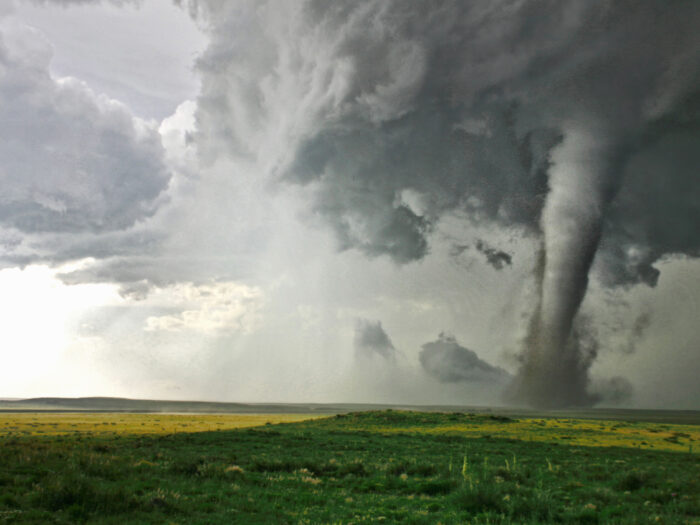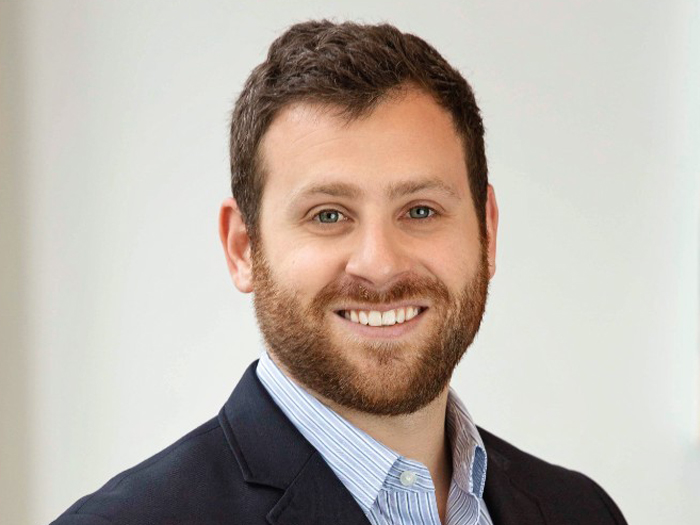A Kentucky Tornado Tragedy Highlights the Indispensable Role of Nurse Case Managers

When it comes to a nurse case manager’s main priority in their professional work, it’s all about placing the needs of their patients — the injured workers — above all. At least, that’s what Kellie Harrell’s philosophy entails. Harrel, RN, ASN, BSN, CCM is the Kentucky and Ohio branch supervisor for Genex Services.
“The injured workers are our patients; they always come first,” she said. “We always want to maximize the potential for positive outcomes.”
Harrell noted that in order to constantly strive for and achieve these positive outcomes, the “care continuum must extend beyond [addressing] acute and chronic issues through treatment prevention and rehabilitation.”
This only comes through “effective case management,” according to Harrell.
Harrell’s professional doctrine was thrown into immediate action when a natural disaster surged its way through Western Kentucky during the winter of 2021.
A Roaring Tornado
Harrell was celebrating her son’s birthday early on a Saturday in December when she received the phone call.
On December 10 and 11, 2021, a slew of tornadoes had made its way through Kentucky, leaving disaster in its wake. One tornado was reported to have been on the ground for 227 miles, one of at least four tornadoes ambushing the western part of the state.
In the immediate aftermath, the death toll climbed. The number of residents who could not be accounted for also rose.
By the time Harrell received the call, officials “thought the death toll was in the double digits,” she said.
One of the most devastating effects of the tornado was a factory collapse in Mayfield, Kentucky, where over 100 people were inside working that Friday night. Dozens were already reported to have been killed, and many were left unaccounted for.
“When I arrived there, I was in shock,” Harrell said. “It looked like a war zone, like a bomb had been dropped in the middle of the town.”
Harrell’s main initiative was to assist in search operations, specifically when it came to locating factory workers who may have been taken to the three different hospitals in the area. Because of the high volume of injuries, coupled with the loss of power in the region, there was a lot of confusion surrounding where injured workers had been taken.
For the families of those injured, this was a particularly stressful situation.
“There were families of the factory employees that were sitting, almost on the sidelines of the hospitals, waiting because they couldn’t locate their family members,” Harrell said. “There was no cell service and very limited power in the area, so they were just waiting to see if their loved ones were pulled out.”
Harrell’s Role and the Most Critical Risks
In the first three weeks after the tornado, Harrell coordinated with the three hospitals to locate injured workers and determine how many would require inpatient care.
“I think I went back and forth to the area three or four times a week to follow up on the progress of the care of the injured workers that were still admitted,” Harrell said.
Eventually, Harrell became responsible for a dozen injured workers with ages ranging from 19 to 65. What also varied was the amount of care each injured worker needed, which was dependent on the injuries they sustained during the factory collapse.
“There were some [injured workers] with fractures, some who had underlying comorbidities,” Harrell noted. “But all of my patients had rhabdomyolysis, which is when muscular injuries cause breakdown in muscle fibers, caused by lying under heavy debris.”
Rhabdomyolysis can lead to several other serious health complications, including renal damage. For those with comorbidities, the probability for these complications is higher.
Other critical risks that Harrell had to take note of included the lack of available resources in the area and the mental health crises that accompanied the aftermath of the tornado. Harrell knew that PTSD was very likely for her patients.
“In the aftermath of any crisis, no matter what it is, it takes time to realize the psychological impact,” she said. “As a case manager, we have to be on the lookout for the needs of the entire spectrum and the phases the individual will go through in this situation.”
While some injured workers can clearly and proactively work through the impact on their mental health, others do not recover as quickly.
“I try to push them to talk to someone or get help if they need it, because it does play a huge part in the recovery process,” Harrell said.
Ultimately, with Harrell’s hands-on approach, 10 of her patients who had been injured in the factory collapse returned to work within three months. A couple of the injured workers who Harrell was attending to had more severe injuries, which delayed their recovery. Harrell worked with these patients for almost a year after the crisis before they returned to work.
The Value of Critical Incident Reporting
In times of catastrophic crisis, the inclusion of critical incident reporting and management in the response plan can make all the difference, according to Harrell.
As severe weather events occur at a more frequent pace, these types of accidents can be difficult to avoid. With critical incident reporting, case managers and their teams are able to analyze their responses to past events and fine-tune them to prepare for when the next crisis occurs.
“For individuals who have survived traumatic incidents, the care and support a case manager provides can make a very great difference in situations like these,” she said.
Harrell continued, “We not only have the opportunity to evaluate what may have gone wrong — we can evaluate how we can make [our processes] better in the future while being able to assist in a timely manner.” &











